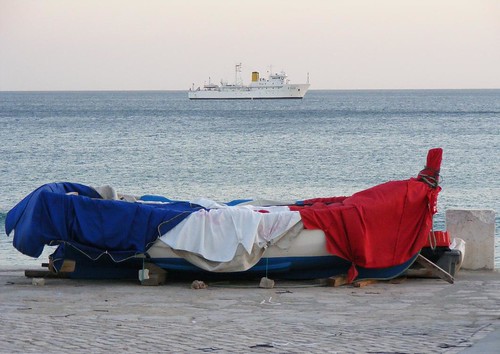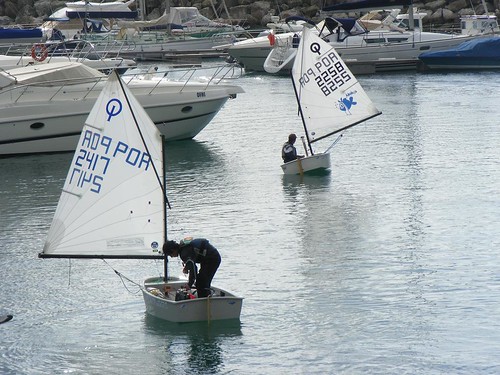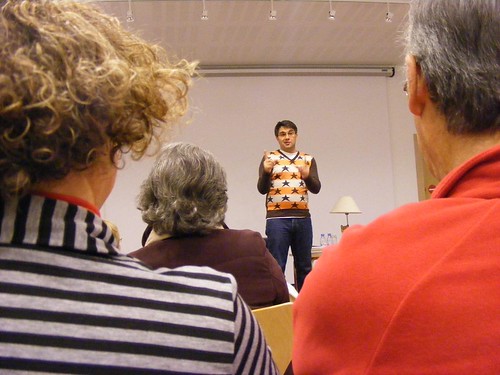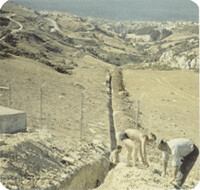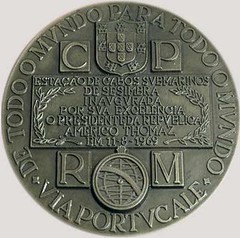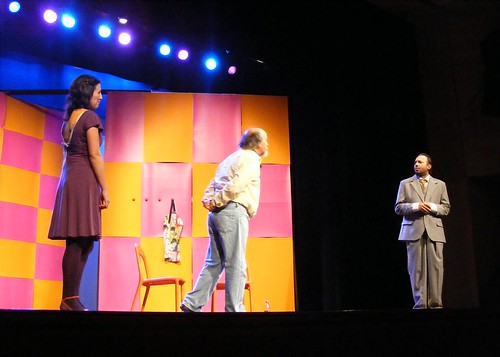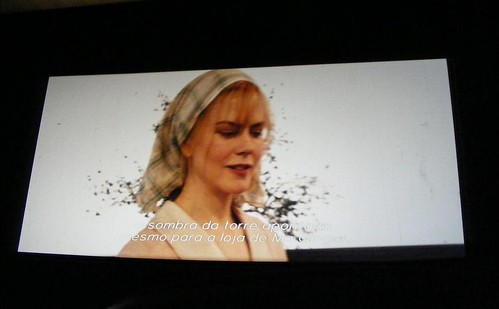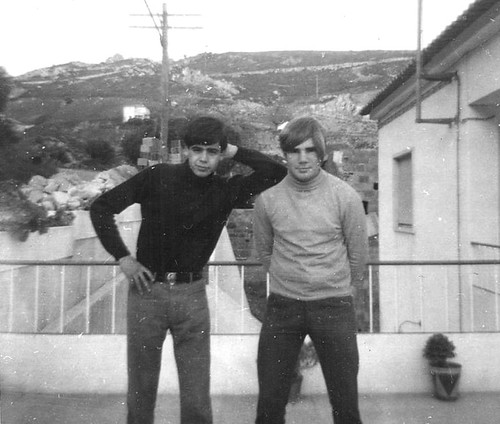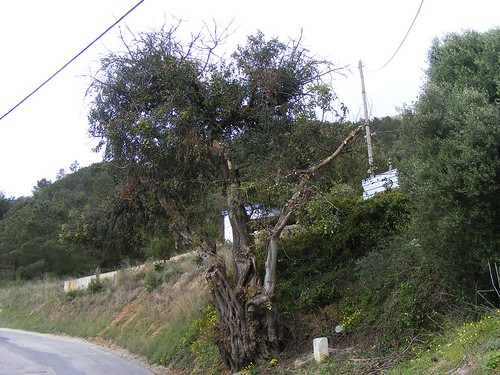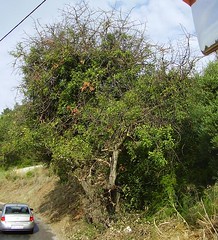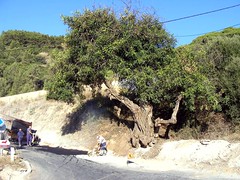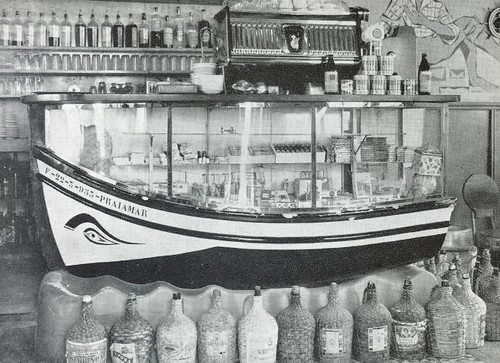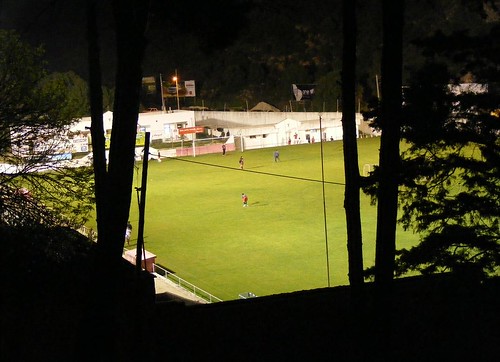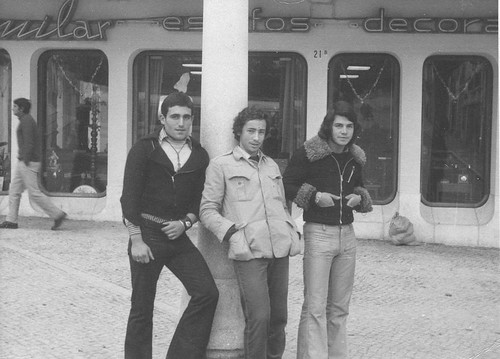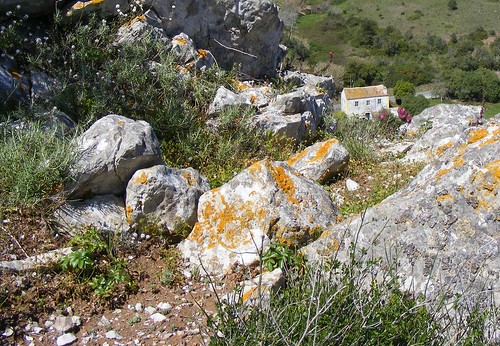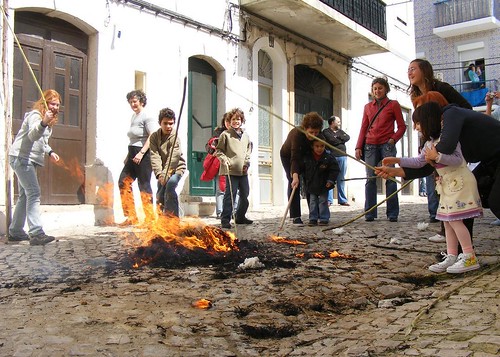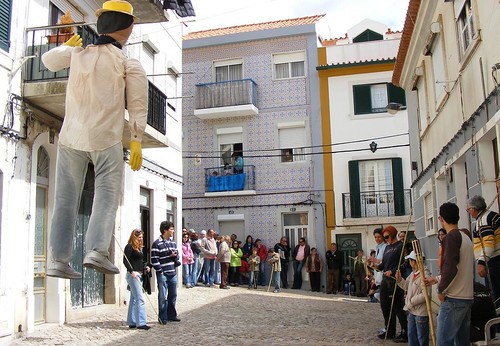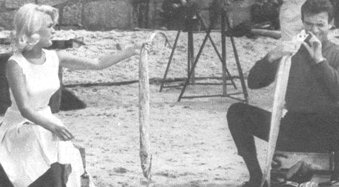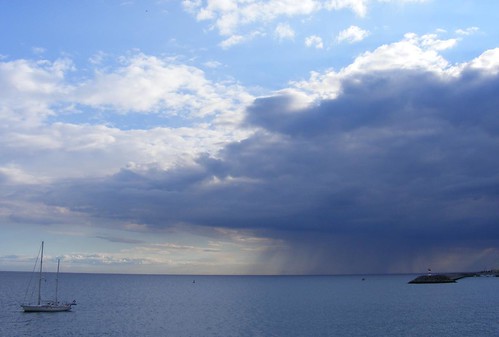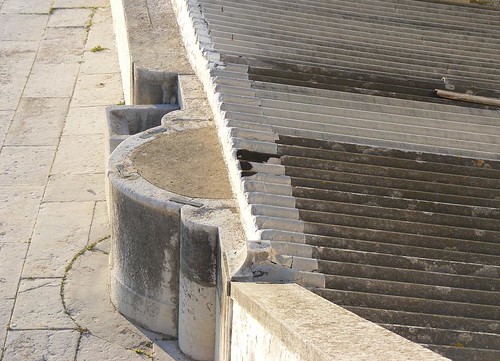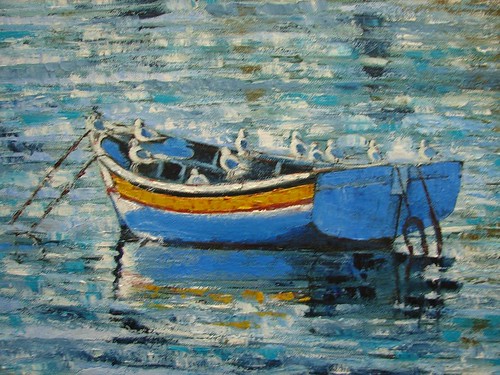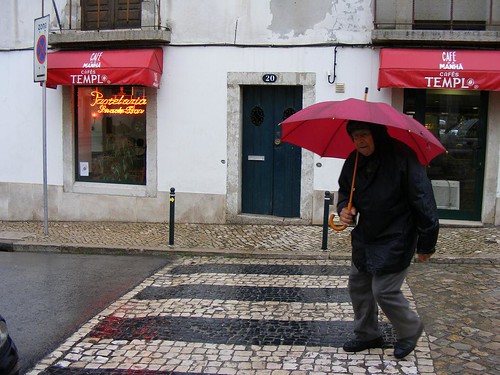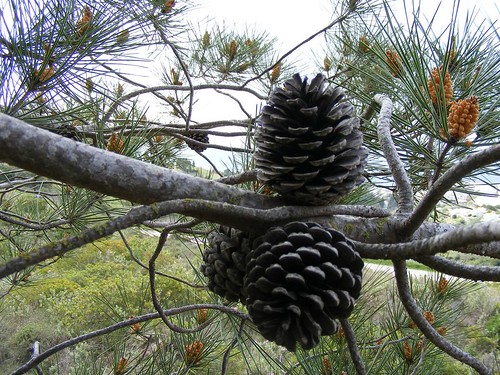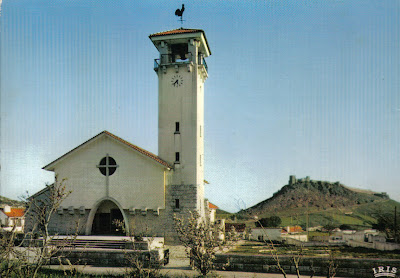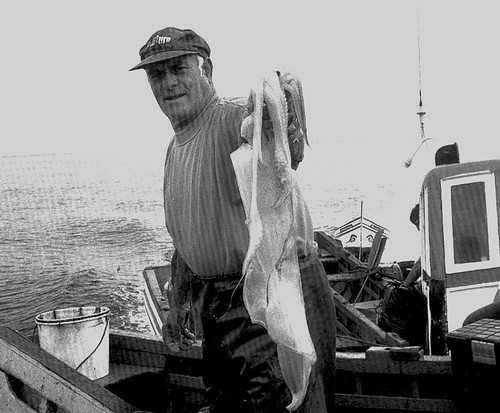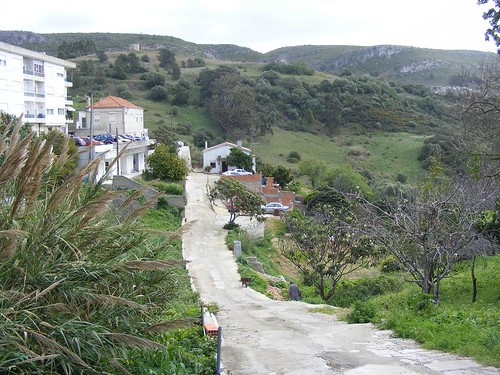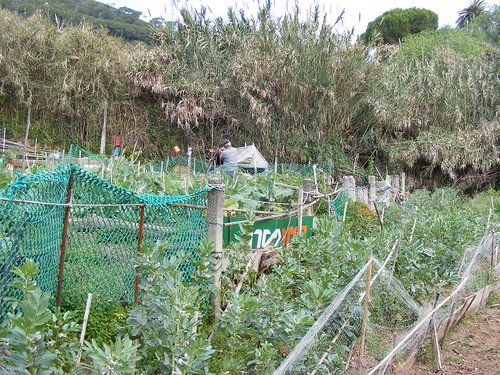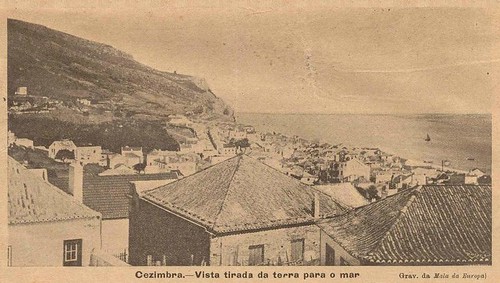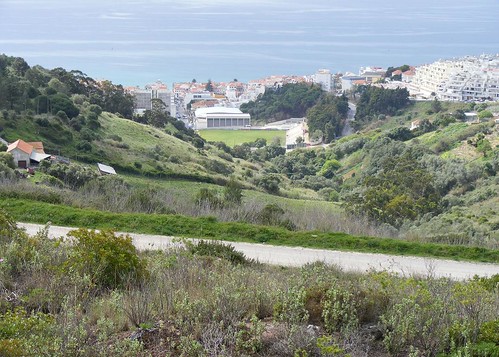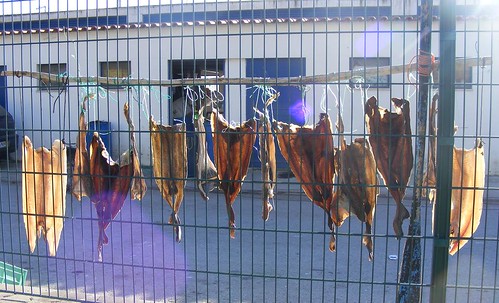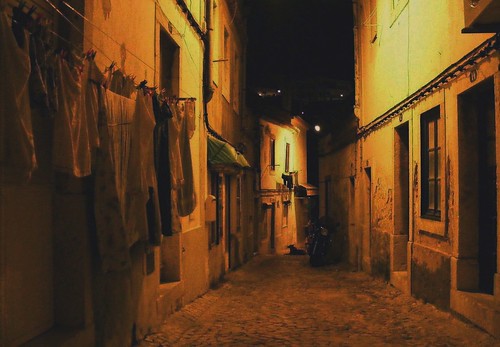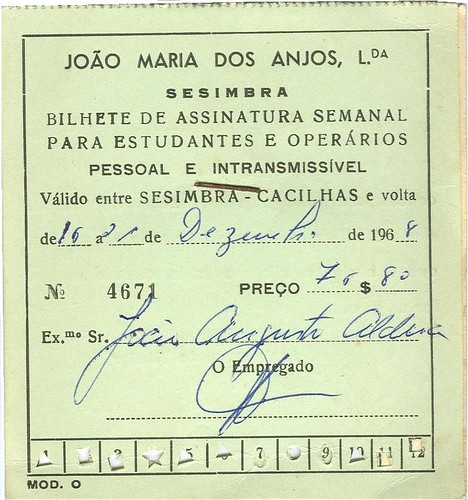Esta menina, então com vinte e poucos anos, é a actriz americana Sandra Dee, que o New York Times caracterizou como «a loirinha de olhos azuis, eternamente divertida, que ajudou os jovens americanos a suportar a frustração das paixões adolescentes.» Na altura desta foto estava Sandra Dee a tentar libertar-se dessa imagem de "namoradinha da América": «Tenho de ir mais longe, tenho de crescer. Quero representar drama, sexo, filmes com verdadeira substância.»
E aqui estava ela, em Sesimbra, para filmar "Dança dos Diamantes" ("A Man Could Get Killed"), com James Garner, Melina Mercouri e Anthony Franciosa. Na imagem são visíveis algumas das barquinhas que povoavam a baía. Eu ainda recordo uma imagem das filmagens, no largo da Marinha, com uma enorme multidão de mirones a rodear a praça, mas não me lembro de ver nenhum actor conhecido. Sei que ocorreram algumas partes gagas, como a do João Catita, que repetiu não sei quantas vezes uma cena mínima, e julgo que o António Ratinho ainda serviu de intérprete em algumas situações.
Era um filme de espionagem com um toque "à Hitchcock": «Um homem de negócios americano desloca-se a Lisboa, onde o confundem com um espião inglês que se julga transportar uma fortuna em diamantes. Começa então a ser perseguido por um bando de malandros, em busca de uma coisa que ele não tinha.» O filme divulgou, pela primeira vez, a famosa música "Strangers In The Night".
A certa altura os meliantes julgam que os diamantes foram comidos por peixe-espadas, e eis o Anthony Franciosa a inspeccionar a gorja dos faíns que a Sandra lhe vai passando (foto de baixo). Numa entrevista a actriz queixou-se de que, devido a atrasos nas filmagens, o peixe esteve dois dias ao ar livre, e ela já não podia com o cheiro: «Gosto de pescar e posso tirar o anzol do peixe, se usar luvas, mas não suporto ter de agarrar em peixe já morto.»
Neste filme de 1966 também entraram Virgílio Teixeira, Óscar Acúrcio e Glória de Matos. | | The New York Times portrayed Sandra Dee as «the perennially perky, blond-haired and blue-eyed actress who helped American teenagers of the late 1950's and early 1960's cope with the frustrations of adolescent romance and the temptations of premarital sex.» By the time she took this picture she was trying to change this: «"They can't keep me in Peter Pan collars for the rest of my life. I've got to move on, I've got to grow up. I want to do drama, sex, pictures with real substance.»
Well, here she was, in Sesimbra, filming «A Man Could Get Killed» (1966), also shot in Lisbon. In the photo you can see the characteristic boats that used to anchor in the bay.
«This late-'60s spy spoof also borrows a page from late-'50s Alfred Hitchcock, with its everyday man becoming embroiled in the violent and baffling world of international espionage. When American businessman (James Garner) is traveling in Lisbon, he's mistaken for an English spy who's thought to possess a cache of industrial diamonds. Soon he is pursued by Melina Mercouri, Tony Franciosa, and a host of other colorful troublemakers, all chasing him for something he doesn't have. Note Bert Kaempfert's music, introducing "Strangers In The Night".»
At one point the pursuers thought that the diamonds were eaten by scabbard fish. Later Sandra recalled that scene: «We shot one scene over at Sesimbra, a little fishing village. That was really wild. The company bought nine hundred pounds of fish to use as props — there's a sequence in which Tony's searching for the diamonds after a fish swallows them. I have to pick up dead fish and hand them to Tony and he looks down their throats and tosses them aside. The fish were lying around for two days. Oh, that smell! I'll never forget it as long as I live. I like to fish and I can take out the hook if I'm wearing gloves, but I can't bear picking up dead fish. There's one kind you have to pick up by the eyes — that's the only way — and I thought I'd faint. Dodd [Sandra's son] kept saying, 'Lift it higher, Mommy, I can't see what you're doing!'» |
